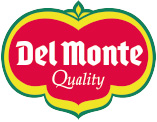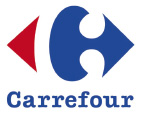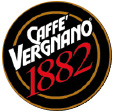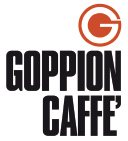Plastic emergency: the EU is taking action
When you shop on the internet or give yourself a gift, there is an aspect that causes a unique emotion. It’s a single detail but it’s able to make you feel like a kid at Christmas, ready to unwrap his presents. It is about packaging.

This feeling comes from the innate curiosity in each of us. Unfortunately, however, the years of unregulated use of plastic packaging are showing their effects: the excitement of discarding our products and the need to protect them is devastating the planet. Only Europe produces 25,000,000 tons of plastic waste every year.
A small part (30%) is actually recycled, while the rest is left in landfills (and even in less suitable places, such as our beaches) or destroyed in incinerators, contaminating the air we breathe. The omnipresence of plastic The most disturbing aspect is that the microplastic released in Europe in just one year can reach 300,000 tons.
Right now the material is present in our oceans, in our bodies and in the food we eat. The value of plastic Do you know how much money we waste throwing all this material still in excellent condition? Over 100 billion euros a year. The only way to stem the problem is to begin to recycle in an intensive way, reusing those that normally become waste after a single use. By 2030 all the plastic of our packaging will be recyclable These problems make the situation we are experiencing a real emergency. For this reason the European Community has decided to run for cover, creating a new tactic to manage the problem.
The European strategy to reduce the use of plastics has an ambitious sustainability objective, that is to make all the plastic we use by 2030 recyclable. The new engine of the industry The European Union therefore wants taxpayers’ investments to be exploited to reduce plastic waste on land, air and the sea, by developing new eco-compatible materials. This choice brings with it other positive effects on the economy: the internal market will finally be stimulated, as companies will endeavor to produce durable and easy-to-recycle packaging. The forecasts are also positive for employment – by 2030 there will be 200,000 new employees in the sector.
Opportunities in the world of packaging Modern technologies are opening up more and more alternatives in the packaging market, offering interactive packaging that communicates with us and composites of materials previously unthinkable to use (such as algae or milk proteins). These packaging will be more and more often on our shelves and will allow us to fight day by day the “plastic emergency” we are experiencing.












